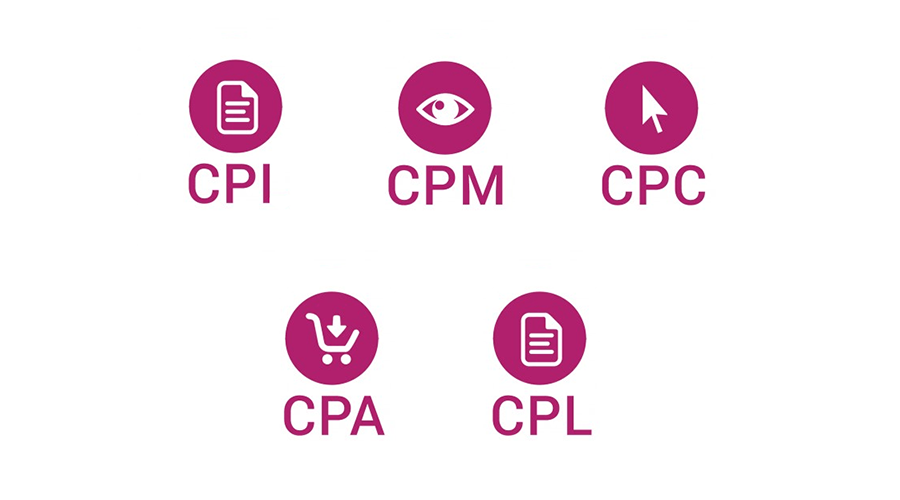What is CPM, CPC, CPA, CTR?

This article explains the acronyms CPM, CPC, CPA, CTR, which are different ways for publishers or advertisers to measure ad revenue performance.
CPM Cost Per Mille (Cost Per Thousand Impressions)
CPM, as some of you may know, stands for cost per thousand impressions. This refers to the cost of running an ad a thousand times on a website.
The total cost paid in a CPM account is calculated by multiplying the total impressions by the CPM rate and then dividing by 1000.
CPC: Cost Per Click
CPC stands for Cost Per Click. It means the cost the advertiser pays per 1 click.
CPC is a widely used metric that advertisers use to manage campaign budgets and performance.
CPA Cost Per Acquisition
CPA is a cost metric like CPM and CPC, but differs from the others in that advertisers only pay when the desired action is completed, such as a purchase, download or free trial. So the advertiser only pays when an acquisition is made, hence CPA is Cost Per Acquisition, as in the word meaning. However, this also means that you assume the risk of running this ad as the advertiser will only pay you based on conversions rather than clicks or impressions. Without an acquisition (conversion), you won't get paid, no matter how many impressions you make. This is often used for affiliate marketing and emerged as a model in the mid-2000s and is a metric that is still used today.
CTR Click-Through Rate
While CPM, CPC, CPA are used for cost calculation in internet advertising, CTR measures efficiency. CTR or Click Through Rate measures the success of the ad by summing the percentage of users who clicked on the ad to reach the website featured in the ad. Click-Through Rate Percentage is the number of users who clicked on the ad divided by the number of times the ad ran.